TERMS AND CONDITIONS 2018
Use of this Website assumes that you fully accept and agree to the Terms and Conditions set forth in this document. These Terms and Conditions also state that by signing up, you are certifying you have read, understand and agree to our Terms and Conditions as well as our Privacy Policy.
You also give us permission to send you periodic updates of services and products, which may be of interest to you through, without limitation, email, mail, SMS text message, or telemarketing.
You understand that third party providers may maintain the information you submitted to us whether you elect to use their services or not. In the event you no longer want to receive communications from one of these independent third party providers, you must notify the third party provider directly.
– The company’s website is www.thepaymentring.com (the “website”)
– You must not replicate, re-produce or refer to the text or images in this website except for your own personal, non commercial use.
– The content provided on this site is purely for informational purposes only. You should be aware that any products that you choose to purchase will have their own terms and conditions associated with them from their respective manufacturer.
– The website is a retail outlet for a 3rd party contactless payment ring.
– The contactless payment ring is designed only to be used by residents of the United Kingdom aged 18 or over. Anyone is free to purchase a ring from the website, however to use the ring the user will need to be aged 18 or over, be a UK citizen and pass the relevant credit and security checks carried out when a ring is activated.
– The website is not registered with the Financial Conduct Authority (FCA) and we recommend you to seek independent financial advise before signing any contract regarding credit terms or a credit application.
– The website is not held responsible for any problems, issues, losses or damages that may arise between yourselves and any 3rd parties where initial contact was instigated through the website.
– All data collected shall be the property of the website. In completion of a purchase, you consent to the use of your personal data for marketing purposes, in line with the website’s privacy policy. The website may keep users informed of similar products and services it and its partners, sponsors and/or advertisers provide, and will pass personal data to such third parties whose products and/or services are likely to be of interest to the user.
– Any data submitted to the website is wholly independent to any data that is submitted to the website’s 3rd party partners; and is governed by individual terms and conditions.
– The website recommends you seek independent advice before agreeing to any 3rd party contracts, terms and conditions.
– You agree that the information given to the website is accurate and true, and will be treated on a as is basis. Consequently the website is not liable for any losses or damages that may arise from the data accuracy when it is passed to a 3rd party.
– The information and data contained in this website is subject to change. We will endeavor to keep the information up to date and keep the website available at all times.
– The website is free to use, but we may introduce you to a 3rd party partner who may offer you products or services that may be chargeable.
– The information you submit onto this website, or information gathered from the website must not be used for illegal or immoral use.
This is an independent website and is not affiliated with any of the listed products or services. Trademarks, service marks, logos and/or domain names are the property of their respective owners, who have no association with or make any endorsement of the products or services provided by this website. Furthermore, participating product/service providers are independent third parties and this website is purely acting as an introducer to said 3rd parties. To contact us please email info@thepaymentring.com
All rights reserved
www.thepaymentring.com is a trading name of TPR Worldwide Ltd, Registered office The Lansdowne Building, 2 Lansdowne Road, Croydon, Surrey CR9 2ER. UK registered in England No 11290509.
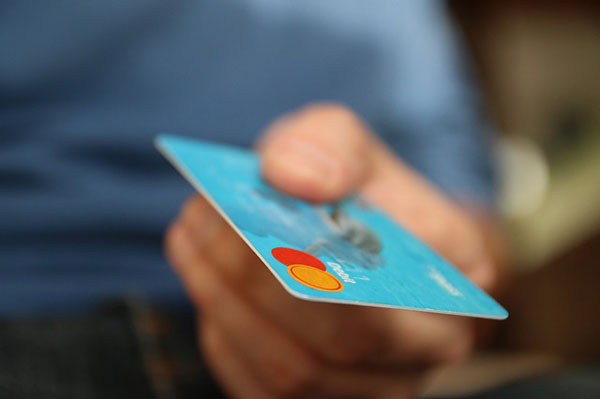
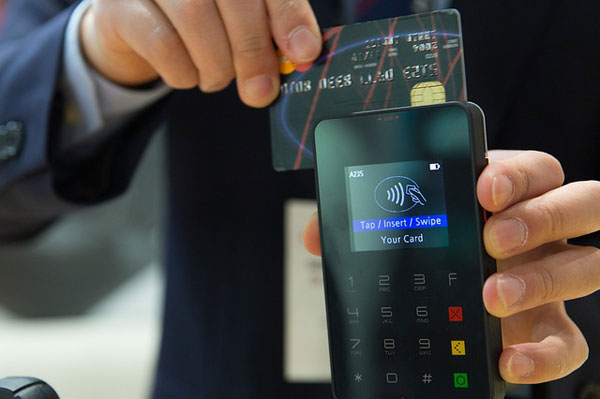
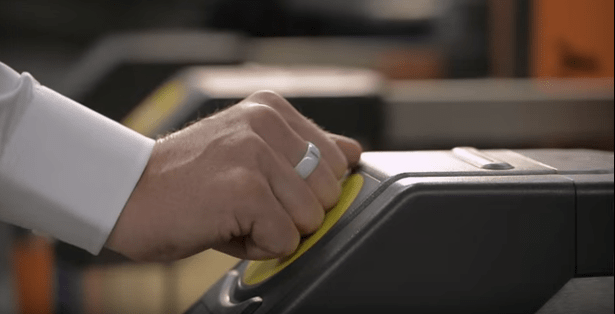


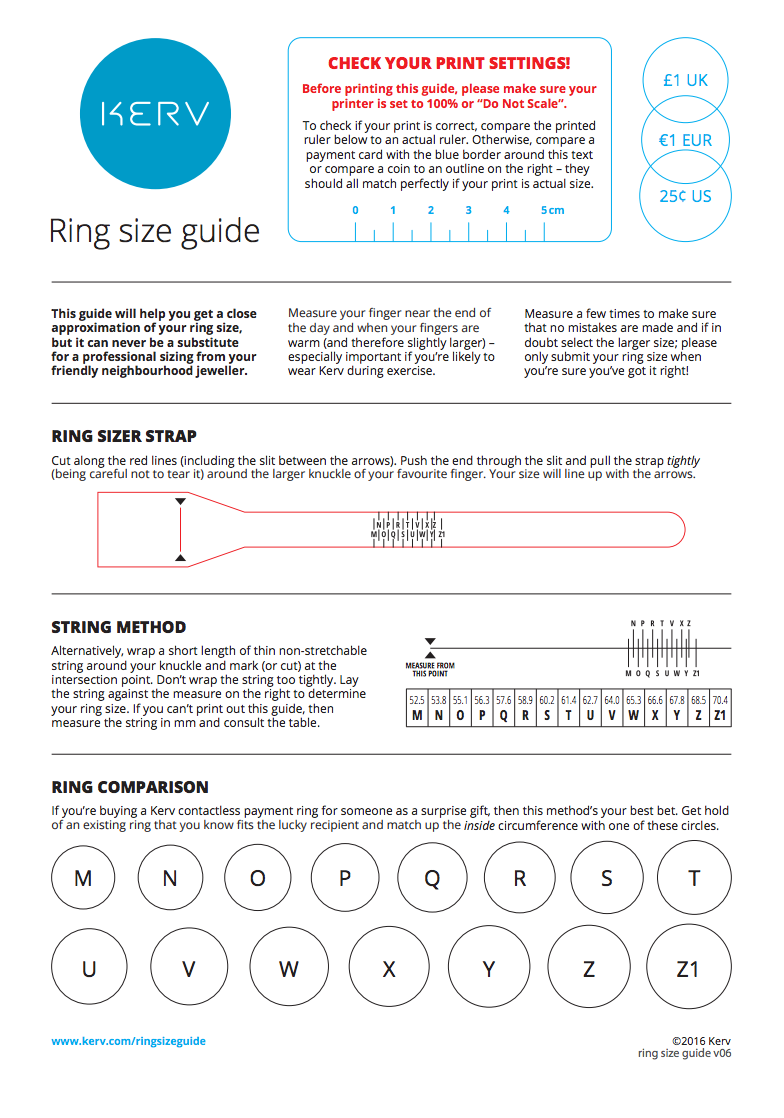
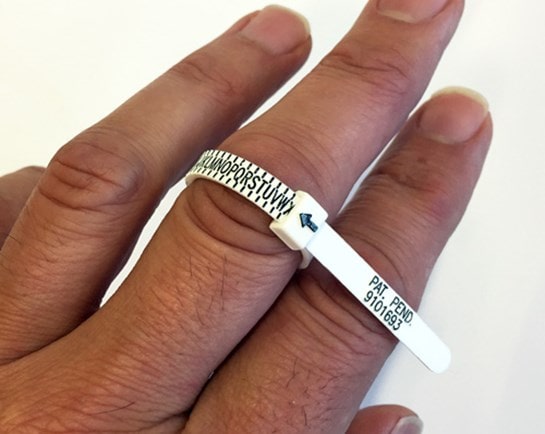
Leave a Reply
Want to join the discussion?Feel free to contribute!